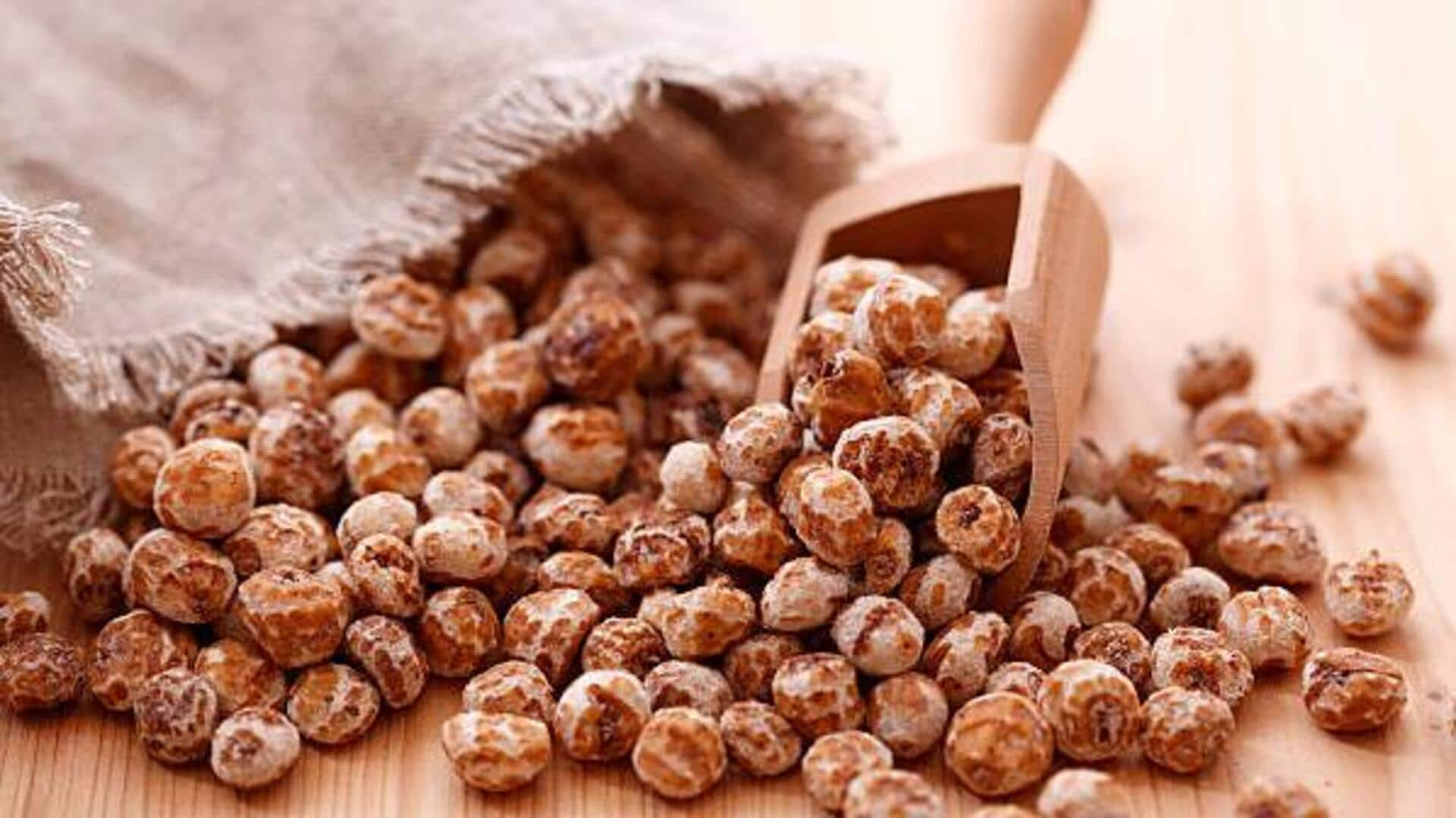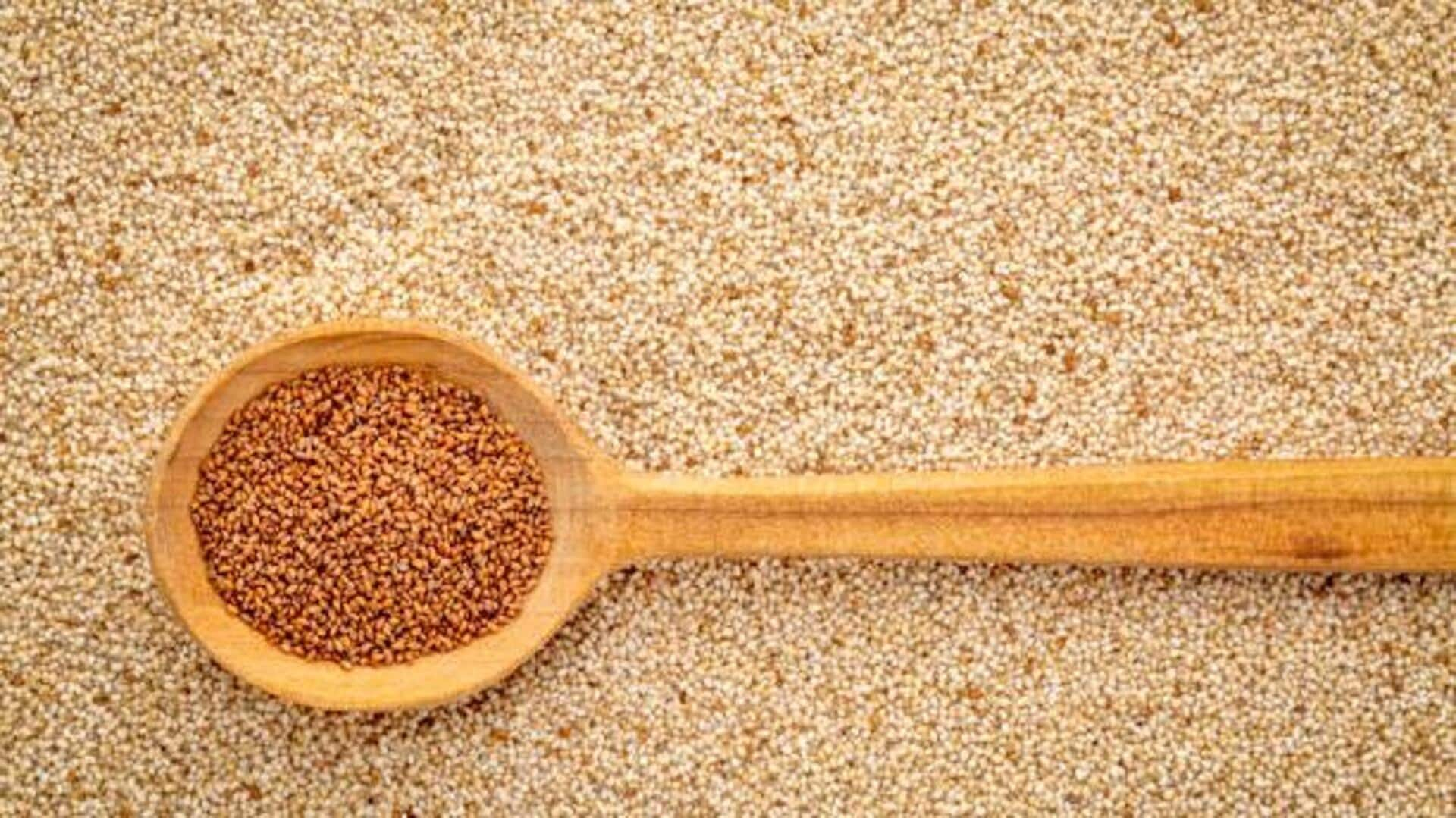Teff: Tiny, Mighty Grain
Teff, scientifically known as Eragrostis tef, is a grain with ancient roots, originating from Ethiopia and Eritrea. It has been a staple in these regions
for thousands of years. Despite its small size—each grain is about the size of a poppy seed—teff is incredibly nutrient-dense. It boasts an impressive nutritional profile, offering a wealth of essential vitamins, minerals, and fiber. The cultivation of teff is also quite remarkable. It’s adaptable and can flourish in diverse climates and terrains, making it a resilient crop. This adaptability has contributed to its widespread use and its significant role in the diets of people across various communities in East Africa. Teff's high nutritional value and the ease of its cultivation are what make it a remarkable grain for the future.
Nutrition: Packed With Goodness
Teff stands out as a nutritional powerhouse, boasting a rich composition of essential nutrients. It is an excellent source of protein, providing the building blocks for various bodily functions. Moreover, it contains a significant amount of dietary fiber, promoting digestive health and contributing to feelings of fullness. Teff is also a good source of various vitamins, particularly the B vitamins, which are crucial for energy production and nerve function. In addition to these, the grain is rich in minerals such as iron, calcium, magnesium, and zinc. These minerals are vital for maintaining bone health, supporting immune function, and promoting overall well-being. The high iron content makes teff particularly beneficial for preventing anemia, while calcium supports strong bones and teeth. This combination of nutrients makes teff a valuable addition to a balanced diet.
Health Benefits: A Deep Dive
Teff provides a variety of health benefits due to its impressive nutritional profile. For individuals managing their blood sugar levels, teff’s low glycemic index makes it a suitable choice, as it causes a slow and steady rise in blood sugar. This is particularly beneficial for people with diabetes. The high fiber content also contributes to heart health by helping to lower cholesterol levels, reducing the risk of cardiovascular disease. Additionally, teff is gluten-free, making it an excellent option for those with celiac disease or gluten sensitivity. The high iron content in teff helps to combat iron-deficiency anemia, a condition that affects many people worldwide. The versatile grain also has a good amount of protein, vital for muscle repair and growth. By incorporating teff into your diet, you can experience a holistic approach to improving your overall health and well-being.
Cooking with Teff
Teff's versatility makes it an excellent ingredient in various dishes. It can be used to make a variety of dishes, including injera, a spongy flatbread that is a staple food in Ethiopian and Eritrean cuisines. Teff flour is also used in pancakes, bread, and muffins. Additionally, teff grains can be cooked and added to stews, soups, and salads. Teff has a subtle, nutty flavor, making it a delicious and adaptable grain that complements various cuisines and meal preparations. The grain cooks relatively quickly, usually taking about 15-20 minutes. For those looking for a gluten-free alternative, teff flour can replace wheat flour in many recipes, adding a boost of nutrients and a delightful flavor to your favorite dishes. With teff, you can get a wide variety of flavors, from sweet to savory!






